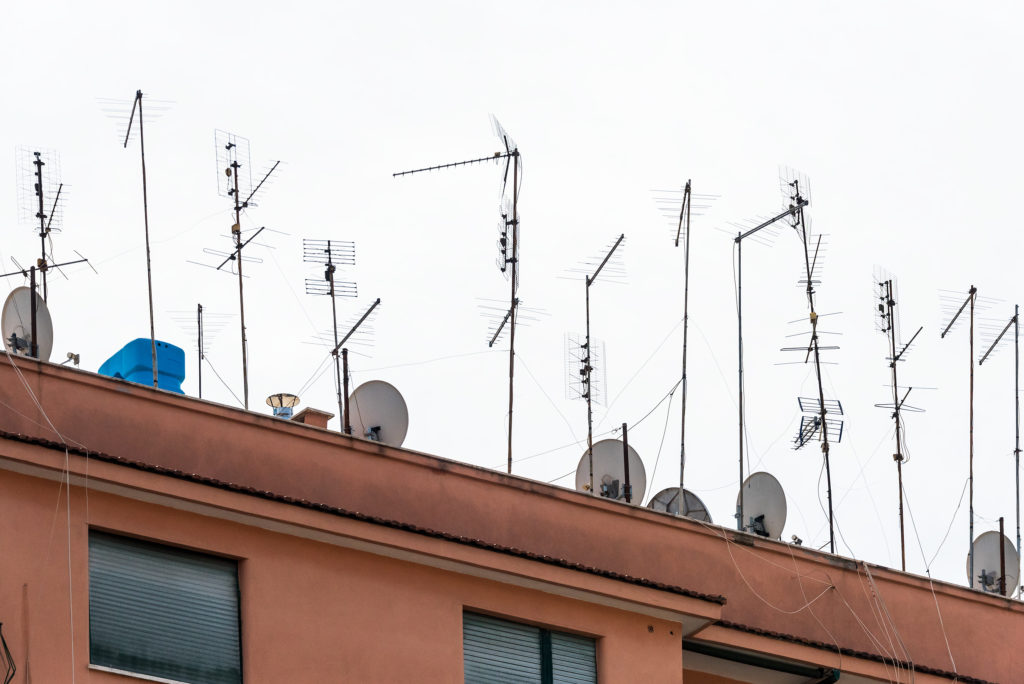By Mike Montgomery
As more states legalize cannabis for recreational use, edibles will become a huge market for entrepreneurs. In California alone, consumers gobbled up more than $180 million worth of marijuana-infused food and drinks last year, 10% of the state’s cannabis sales, according to Arcview Market Research.
And it’s not just California that’s seeing a growing edibles market. Sales of pot-infused treats increased 121% last year in Washington state, where recreational marijuana is legal, according to cannabis analytics firm Headset Inc. And since Colorado first allowed recreational marijuana use, sales tripled from $17 million in the first quarter of 2014 to $53 million in the third quarter of 2016.
The reason for the explosive growth is that as the pot market expands, it’s starting to reach people who don’t want to smoke. Overall the smoking rate among adults is down from 20.6% in 2009 to 16.8% in 2014. Edibles provide a discrete, smoke-free experience. And since they can command higher prices, edibles often account for 25 to 60% of a dispensary’s profits.
That makes edibles an appealing slice of the pot pie, which was worth an estimated $7.2 billion in 2016, and is projected to grow up to 25% annually.
Edibles today are mostly candies, from dosed gummy bears to lollipops, where taste is an afterthought. And usually people are buying those edibles in windowless dispensaries where it can still feel very much making an illicit transaction.
Matt Fosburg, founder of Ez THC, believes that’s poised to change and that there will soon be a market for high-end cannabis candy. With a background in retail design and candy making, Fosburg wants to bring the trappings of high-end retail — quality, consistency and a great in-store experience — to the world of marijuana treats.
He believes that focusing on taste and quality will give him a competitive edge in the edibles market. While most producers melt down mass-produced chocolate to make their candy, Fosburg says he’s the first one working on an edible bar from scratch.
The process is way more labor intensive — it requires sourcing and roasting cacao beans, grinding chocolate for three to four days, then carefully tempering and molding it into bars with just the right ratio of cannabis. But Fosburg believes it’s worth the effort.
“As much as the business for edibles is coined a gold rush, it’s going to be highly competitive,” he says. “And it’s not a get-rich-quick scheme. You better come to the market with a competitive product.”
Fosburg currently sells two bars in California dispensaries. One is milk chocolate with Tahitian vanilla beans. The other, dark chocolate with Maldon sea salt, took first place in its category in a recent Edibles Magazine contest.
“There’s no doubt in my mind that I make great chocolate,” Fosburg says. “But winning the award gave me credibility.”
That’s going to be crucial going forward because at $15 each, an Ez THC bar costs 20% more than a typical competitor’s bar infused with the same amount of marijuana.
But just as we’ve seen markets for food like heirloom tomatoes and artisanal pickles, Fosburg believes there will be consumers who prefer a gourmet product.
“From the beans we buy, to the THC distillate we source, every component of our bar is of the highest quality,” Fosburg says. “This is not your everyday machine-manufactured bar, but rather truly handmade.”
Based in California, Fosburg can only sell his bars through medical marijuana dispensaries right now. That will change next year when California’s Proposition 64, the Adult Use of Marijuana Act (AUMA), goes into full effect. At that point, it will be legal for entrepreneurs to open brick-and-mortar stores outside of dispensaries as long as they obtain the necessary city and state licenses.
Fosburg is working with his mentor, Richard Altuna, on creating a new kind of retail experience. Altuna, an award-winning architect who has worked with Patagonia, Restoration Hardware and The Gap, has known Fosburg since he was a kid and has complete faith in the entrepreneur. But while he’s happy to help with design, Altuna has never sampled the product.
“I’m the guy who runs out of the room when anybody starts lighting up,” he says.
Their inspiration is top chocolate makers, like Jacques Torres in New York and Dandelion Chocolate in San Francisco, that have mixed-use facilities with open kitchens where customers can see the chocolate being made.
“An open-air kitchen creates transparency and authenticity in a kitchen,” says Fosburg. “I think this will really connect with today’s consumers, especially millennials.”
Even before he opens the store, Fosburg is connecting with customers of all ages through social media. The law prohibits selling marijuana online, so his digital strategy is all about marketing.
He also plans to start advertising on the popular website weedmaps.com, where customers will eventually be able to find the product and have it delivered to their homes by a courier who can take an in-person payment.
Entrepreneurs like Fosburg will go a long way toward legitimizing the cannabis industry and helping it grow into a big business.
“I want to do this to help the cannabis industry be normalized and not have this reefer madness thing they’ve been dealing with,” says Fosburg. “But if I stop having fun, or if there’s no more value in it, I’m on to the next thing. That’s the entrepreneur in me.”
Mike Montgomery is executive director of CALinnovates, a non-partisan technology advocacy coalition of tech companies, founders, funders and nonprofits.
This piece was originally published in Forbes.






